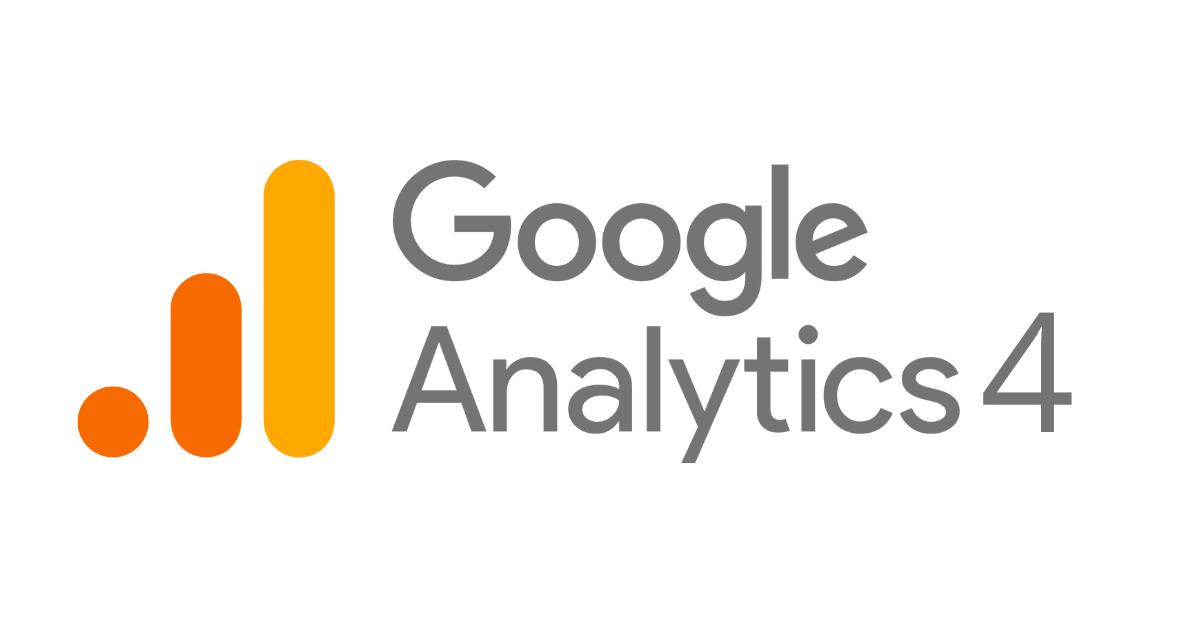Navigating GA4’s Common Challenges
As Google Analytics 4 (GA4) becomes the default version, digital marketers and analysts are facing new challenges in harnessing its full potential. The transition from Universal Analytics to GA4 brings about a shift in data model, reporting structure, and implementation requirements. This article aims to provide solutions to common problems faced by users of GA4, helping them navigate these challenges effectively.
Understanding GA4’s Data Model and Reporting Structure
One of the key challenges with GA4 is understanding its new data model and reporting structure. Unlike Universal Analytics, GA4 utilizes an event-based data model where each user interaction is considered an event. This change allows for more flexibility and detailed tracking, but it also requires a shift in mindset and approach. To overcome this challenge, users should invest time in studying and familiarizing themselves with the new data model. This includes understanding the different event parameters, user properties, and how they relate to each other. Additionally, users should explore the reporting structure in GA4 to make the most of the available reports and dimensions.
Overcoming Data Sampling and Accuracy Issues in GA4
Data sampling has been a concern for analysts even in Universal Analytics, and it persists in GA4 as well. When dealing with high traffic websites or extensive data sets, GA4 may sample the data to ensure faster processing. However, this can lead to inaccurate insights and a distorted view of the data. To overcome this challenge, users can employ strategies such as adjusting the sampling level, utilizing parallel tracking, or implementing server-side tagging. By optimizing these settings and configurations, users can minimize the impact of data sampling and achieve more accurate results in their analysis.
Addressing Tracking and Implementation Challenges in GA4
Tracking and implementation challenges are common when transitioning to GA4. Users may face issues with proper tagging, data collection, and setting up events and conversions. To address these challenges, it is essential to ensure that the GA4 tracking code is correctly implemented on all relevant pages and that the necessary events and conversions are defined. Users can utilize debugging tools, such as the Google Tag Assistant, to troubleshoot implementation issues and verify data collection. Additionally, consulting documentation and seeking support from the GA4 community can provide valuable insights and solutions to implementation challenges.
Interpreting and Extracting Insights from GA4 Reports
Interpreting and extracting insights from GA4 reports can be daunting due to the revamped interface and new ways of data representation. Users may struggle to find the metrics and dimensions they are accustomed to in Universal Analytics. To address this challenge, users should invest time in exploring the GA4 interface, understanding the available reports and their metrics, and utilizing custom reports and segments to extract relevant insights. Additionally, users can take advantage of the Analysis Hub in GA4, which provides advanced analysis capabilities such as exploration, funnels, and path analysis. By becoming familiar with these tools and features, users can effectively interpret and extract actionable insights from GA4 reports.
Optimizing GA4 Setup for Enhanced Data Analysis
Optimizing the GA4 setup is crucial for enhanced data analysis. Users should ensure that they have set up relevant conversion events, enhanced measurement configurations, and defined goals that align with their business objectives. By customizing the GA4 setup to capture the specific actions and behaviors that matter most to their business, users can derive more meaningful insights. Additionally, users should leverage integrations with other platforms and tools, such as Google Ads or Google BigQuery, to enrich their data and enable more comprehensive analysis. Regular monitoring and auditing of the GA4 setup can also help identify any issues or gaps in data collection, leading to more accurate and reliable analysis.
By investing time in learning and exploring the GA4 interface, utilizing available resources and support, and leveraging advanced analysis capabilities, users can unlock the full potential of GA4 for enhanced data analysis and informed decision-making.




